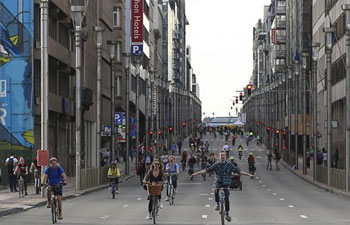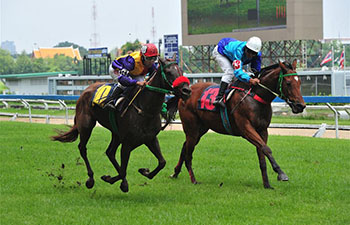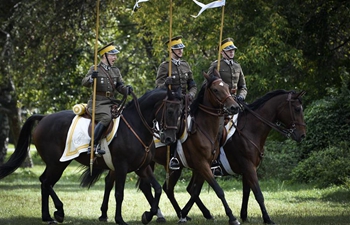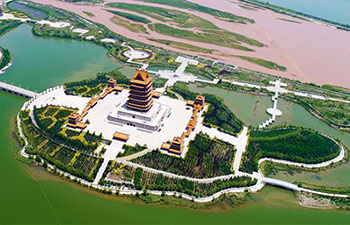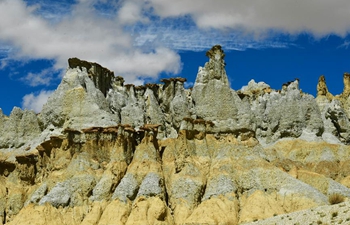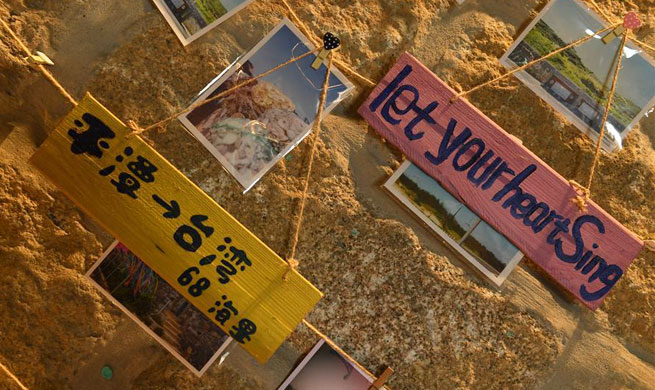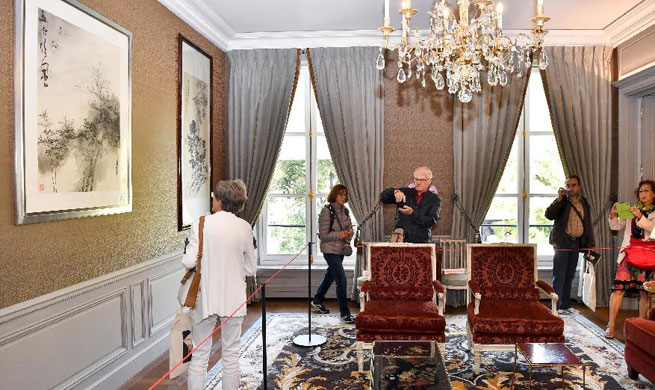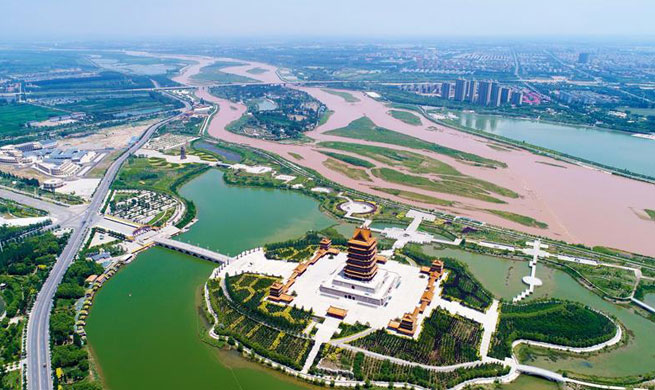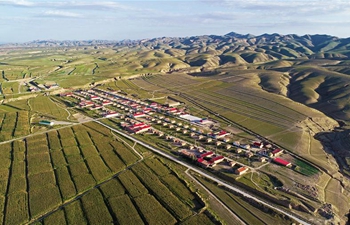SEOUL, Sept. 17 (Xinhua) -- South Korean President Moon Jae-in and top leader of the Democratic People's Republic of Korea (DPRK) Kim Jong Un will hold a three-day summit starting Tuesday in DPRK's capital Pyongyang.
In their third summit in six months, the two leaders are expected to focus the discussions on concrete measures to denuclearize the Korean Peninsula, remove military tension between the two Koreas, and implement the Panmunjom Declaration reached in their first summit in April.
The following are some of the key developments of the inter-Korean ties since Moon and Kim met for the first time in April.
In their first summit in the border village of Panmunjom on April 27, the two leaders signed the Panmunjom Declaration and confirmed their common goal of realizing a nuclear-free Korean Peninsula via complete denuclearization.
During the summit, Kim walked across the military demarcation line into South Korea, becoming the first DPRK leader to set foot on South Korean soil since the 1950-1953 Korean War ended with armistice.
The two Koreas agreed to completely stop all hostile acts against each other to avoid military tension and conflict.
On May 24, the DPRK destroyed the tunnels of the Punggye-ri nuclear test site located in the northeast of the country, where it conducted all its six nuclear tests, and officially announced its dismantlement, marking Pyongyang's significant step towards Korean Peninsula denuclearization.
On May 26, Moon and Kim held a surprise summit on the DPRK side of the border village of Panmunjom. The meeting came after U.S. President Donald Trump cancelled a planned summit with Kim after exchanges of accusations.
During the meeting with Moon, the DPRK leader expressed his "fixed will" to hold a summit with Trump, and promised to push forward the peace process on the Korean Peninsula.
The planned Kim-Trump summit was later reinstated in early June.
On June 12, the first ever DPRK-U.S. summit was held in Singapore, where Kim and Trump signed a "comprehensive" joint statement. The United States would be committed to providing security guarantees to the DPRK in exchange for Pyongyang's commitment to complete denuclearization of the Korean Peninsula. Trump also said Washington would stop holding war games with Seoul.
Meanwhile, as follow-up measures to implement the Panmunjom Declaration, a series of inter-Korean talks and cooperations were carried out in the fields of politics, military, sports, red cross, railway and road, and forestry, among others.
The two Koreas jointly marched at the opening and closing ceremonies of the 2018 Asian Games under the Korean Unification Flag, and fielded unified teams in women's basketball, men's and women's rowing and canoeing.
From Aug. 20 to Aug. 26, two sessions of family reunions took place at Mount Kumgang in southeast DPRK. It was the first cross-border family reunions in almost three years. Over 800 members from some 170 families separated by the 1950-1953 Korean war had cheerful but painfully short reunions with their relatives.
In another step to forge closer relations, the joint inter-Korean liaison office was launched on Sept. 14 for round-the-clock communications between the two sides.
South Korea will station 20 officials in the office, while the DPRK will deploy a similar number of officials there. The two sides will also discuss various peninsula issues through the liaison office channel as it is open 24 hours a day and 365 days a year.
